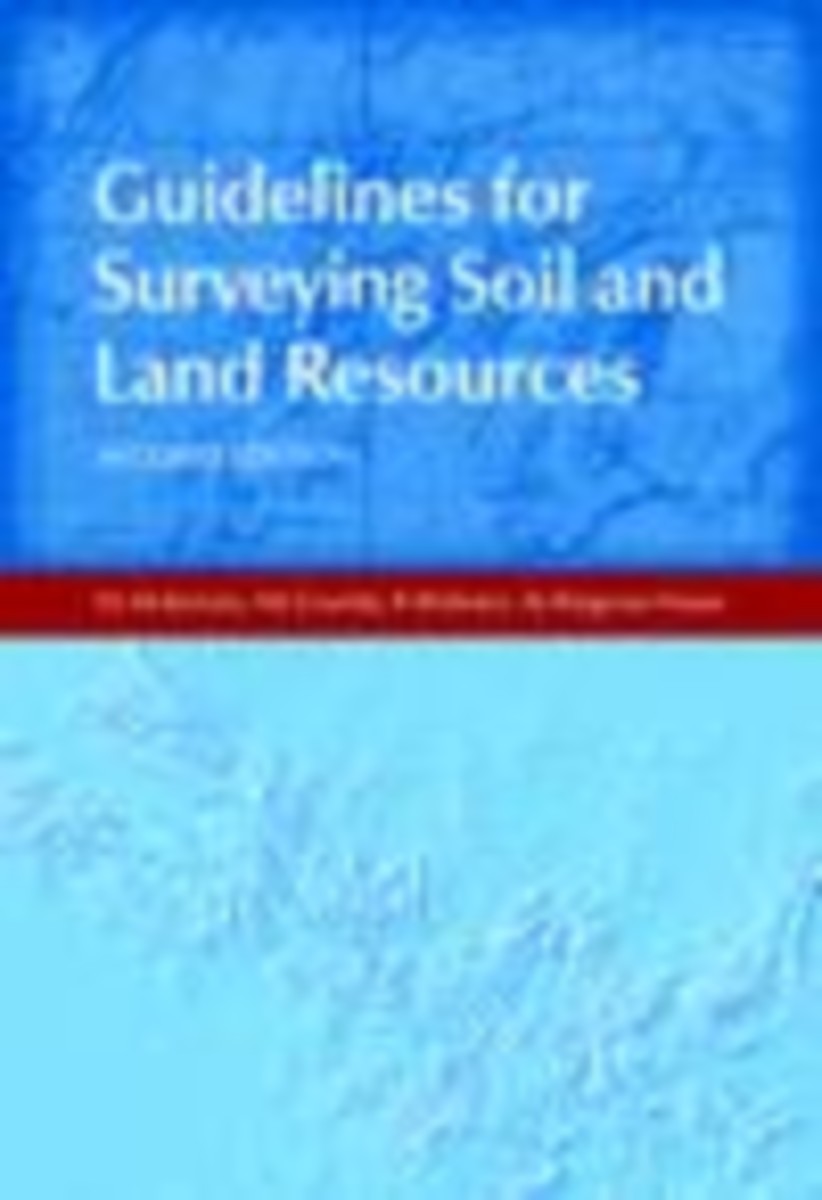EXCELLENCE IN SCIENCE PUBLISHING
Guidelines for Surveying Soil and Land Resources Edition 2
- Publisher
CSIRO Publishing - Published
7th July 2008 - ISBN 9780643090910
- Language English
- Pages 576 pp.
- Size 6.75" x 9.5"
- Images tables & illus
Guidelines for Surveying Soil and Land Resources promotes the development and implementation of consistent methods and standards for conducting soil and land resource surveys in Australia. These surveys are primarily field operations that aim to identify, describe, map and evaluate the various kinds of soil or land resources in specific areas.
The advent of geographic information systems, global positioning systems, airborne gamma radiometric remote sensing, digital terrain analysis, simulation modeling, efficient statistical analysis and internet-based delivery of information has dramatically changed the scene in the past two decades. As successor to the Australian Soil and Land Survey Handbook: Guidelines for Conducting Surveys, this authoritative guide incorporates these new methods and techniques for supporting natural resource management.
Soil and land resource surveyors, engineering and environmental consultants, commissioners of surveys and funding agencies will benefit from the practical information provided on how best to use the new technologies that have been developed, as will professionals in the spatial sciences such as geomorphology, ecology and hydrology.
Acknowledgements; Contributors; PART 1: INTRODUCTION: 1) Rationale; 2) Approaches to land resource survey; 3) Scale; PART 2: LANDSCAPE CONTEXT AND REMOTE SENSING: 4) Geology, geomorphology and regolith; 5) Soil and landscape processes; 6) Digital terrain analysis; 7) Hydrology; 8) Vegetation; Land-use mapping; 10) Remote sensing with air photography; 11) Remote sensing with imaging spectroscopy; 12) Temporal analysis with remote sensing; 13) Remote sensing with gamma-ray spectrometry; PART 3: SURVEY MECHANICS: 14) Survey specification and planning; 15) Survey resources; 16) Field operations; 17) Measuring soil; 18) Qualitative survey; 19) Classifying soil and land; PART 4: DIGITAL SOIL MAPPING AND PEDOMETRICS: 20) Sampling using statistical methods; 21) Statistical analysis; 22) Predicting soil properties using pedotransfer functions and environmental correlation; 23) Geostatistics; 24) Analysing uncertainty; 25) Information management; 26) Synthesis studies: making the most of existing data; Colour Plates; PART 5: LAND EVALUATION: 27) Conventional land evaluation; 28) Quantitative land evaluation; 29) Intensive survey for agriculture; 30) Monitoring soil and land condition; 31) Legal and planning framework; 32) Communication; Index.
A. J. Ringrose-Voase
A. J. Ringrose-Voase
R. Webster
R. Webster
M. J. Grundy
M. J. Grundy
N. J. McKenzie
N. J. McKenzie


